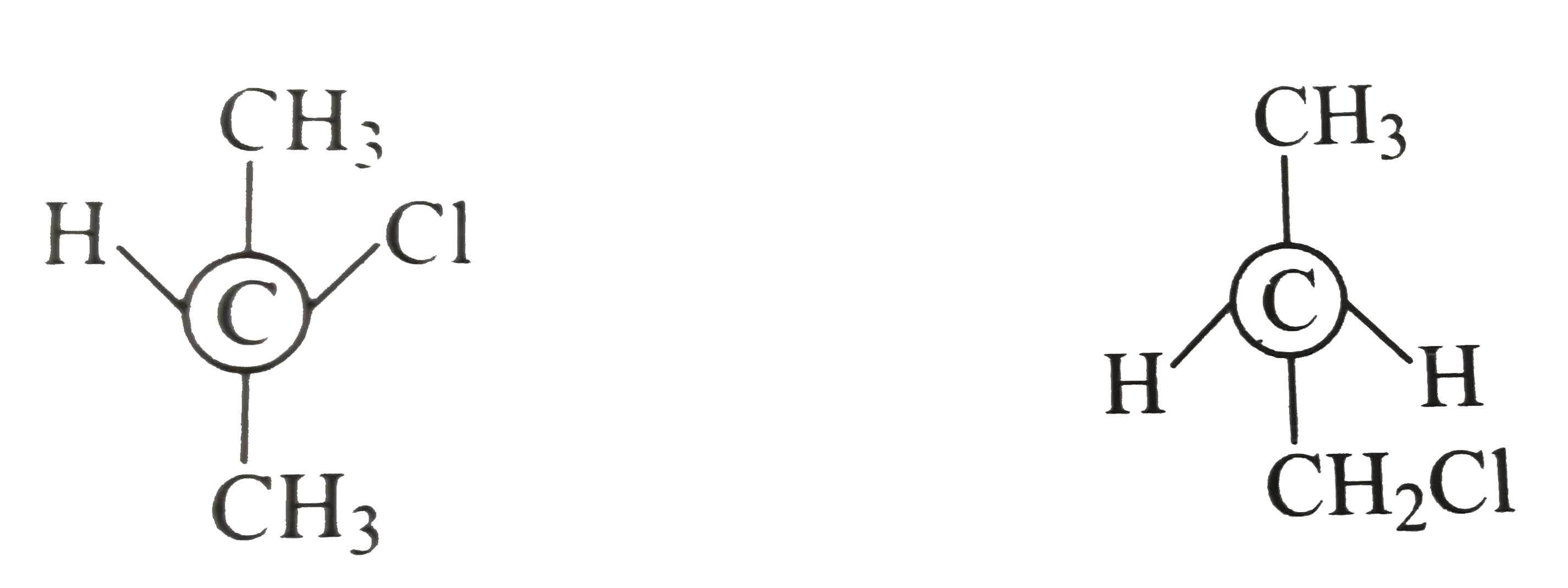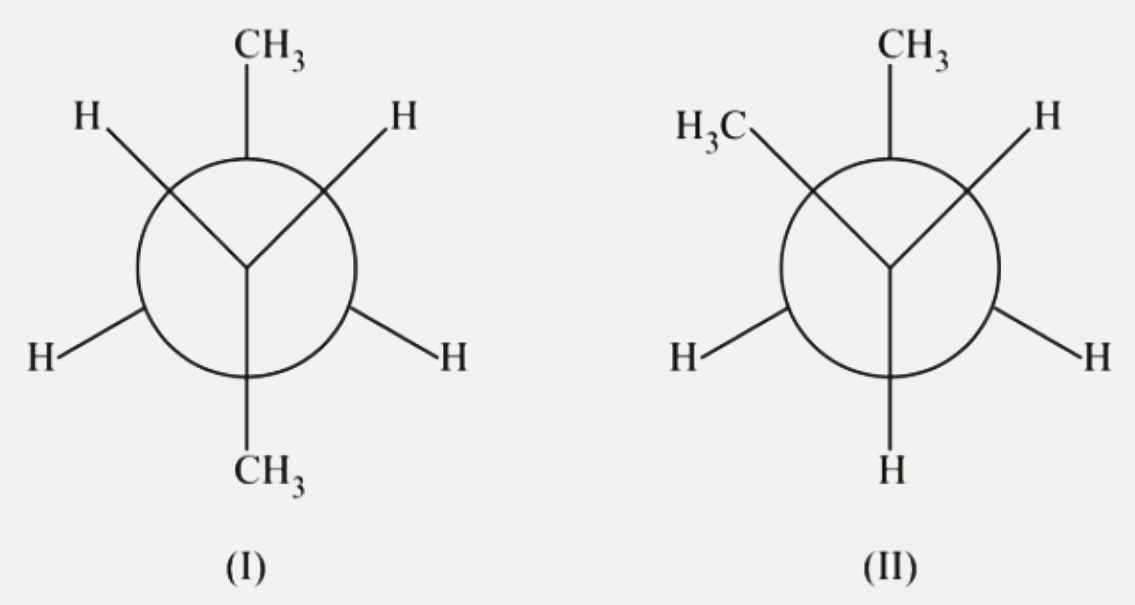Below mentioned pairs of structures is considered to be homologous
Wings of Grasshopper and forelimbs of flying Squirrel
Tentacles of Hydra and arms of Starfish
Forelimbs of a Bat and forelegs of a Horse.
Wings of bird and wings of Moth.
The correct Answer is:C
To determine which pairs of structures are considered homologous, we need to understand the definition of homologous structures and analyze each option provided in the question.
1. Understand Homologous Structures:
- Homologous structures are organs that have a similar origin and structure but may serve different functions. They indicate divergent evolution, where species have evolved from a common ancestor but adapted to different environments or functions.
2. Analyze Each Option:
- Option A: Wings of Grasshopper and Forelimbs of Flying Squirrel:
- The wings of a grasshopper and the forelimbs of a flying squirrel come from different evolutionary origins. Therefore, they are not homologous.
- Option B: Tentacles of Hydra and Arms of Starfish:
- The tentacles of a hydra and the arms of a starfish serve similar functions (grasping and feeding) but have different origins. Thus, they are analogous structures, not homologous.
- Option C: Forelimbs of Bat and Forelegs of Horse:
- The forelimbs of bats and the forelegs of horses have a similar origin (both are derived from the forelimb structure of a common ancestor) but serve different functions (flying vs. running). Therefore, they are homologous structures.
- Option D: Wings of Bat and Wings of Moth:
- The wings of bats and moths serve the same function (flying) but have different evolutionary origins. Hence, they are also analogous structures, not homologous.
3. Conclusion:
- The only pair that qualifies as homologous structures is Option C: Forelimbs of Bat and Forelegs of Horse.
Final Answer:
The correct option is C: Forelimbs of Bat and Forelegs of Horse.
---
- Homologous structures are organs that have a similar origin and structure but may serve different functions. They indicate divergent evolution, where species have evolved from a common ancestor but adapted to different environments or functions.
- Option A: Wings of Grasshopper and Forelimbs of Flying Squirrel:
- The wings of a grasshopper and the forelimbs of a flying squirrel come from different evolutionary origins. Therefore, they are not homologous.
- Option B: Tentacles of Hydra and Arms of Starfish:
- The tentacles of a hydra and the arms of a starfish serve similar functions (grasping and feeding) but have different origins. Thus, they are analogous structures, not homologous.
- Option C: Forelimbs of Bat and Forelegs of Horse:
- The forelimbs of bats and the forelegs of horses have a similar origin (both are derived from the forelimb structure of a common ancestor) but serve different functions (flying vs. running). Therefore, they are homologous structures.
- Option D: Wings of Bat and Wings of Moth:
- The wings of bats and moths serve the same function (flying) but have different evolutionary origins. Hence, they are also analogous structures, not homologous.
- The only pair that qualifies as homologous structures is Option C: Forelimbs of Bat and Forelegs of Horse.
The correct option is C: Forelimbs of Bat and Forelegs of Horse.
Topper's Solved these Questions
- BOOK - DINESH PUBLICATION ENGLISHCHAPTER - EVIDENCES OF EVOLUTIONEXERCISE - CHECK YOUR GRASP19videos
EVIDENCES OF EVOLUTION
- BOOK - DINESH PUBLICATION ENGLISHCHAPTER - ENVIRONMENTAL ISSUESEXERCISE - Model test paper-5100videos
ENVIRONMENTAL ISSUES
- BOOK - DINESH PUBLICATION ENGLISHCHAPTER - EXCRETORY PRODUCTS AND THEIR ELIMINATIONEXERCISE - Check your graps10videos
EXCRETORY PRODUCTS AND THEIR ELIMINATION
Similar Questions
Knowledge Check
- Question 1 - Select One
Which of the following pairs of structures is not a pair of resonating structures?
AH−C≡+NHandH−⊕C=..N−HBCH3−CH=CH−CH3andCH3CH2CH=CH2CCH3−C∣Oө=CH−C∣∣O−CH3andCH3−C∣∣O−өCH−C∣∣O−CH3D
Which of these pair of modified structures are homologous?
View SolutionThe pair of structures given below represents:
 View Solution
View SolutionThe pair of structure given below represents
 View Solution
View Solutionwhich structure is/are considered as semiautonomous organelle?
View SolutionWhich of the following pairs of organs is not homologous?
View SolutionIdentify the structure from the below mention structures in which reticular fibres are more in numbers and form dense network
View SolutionThe homologous structures are
View Solution

